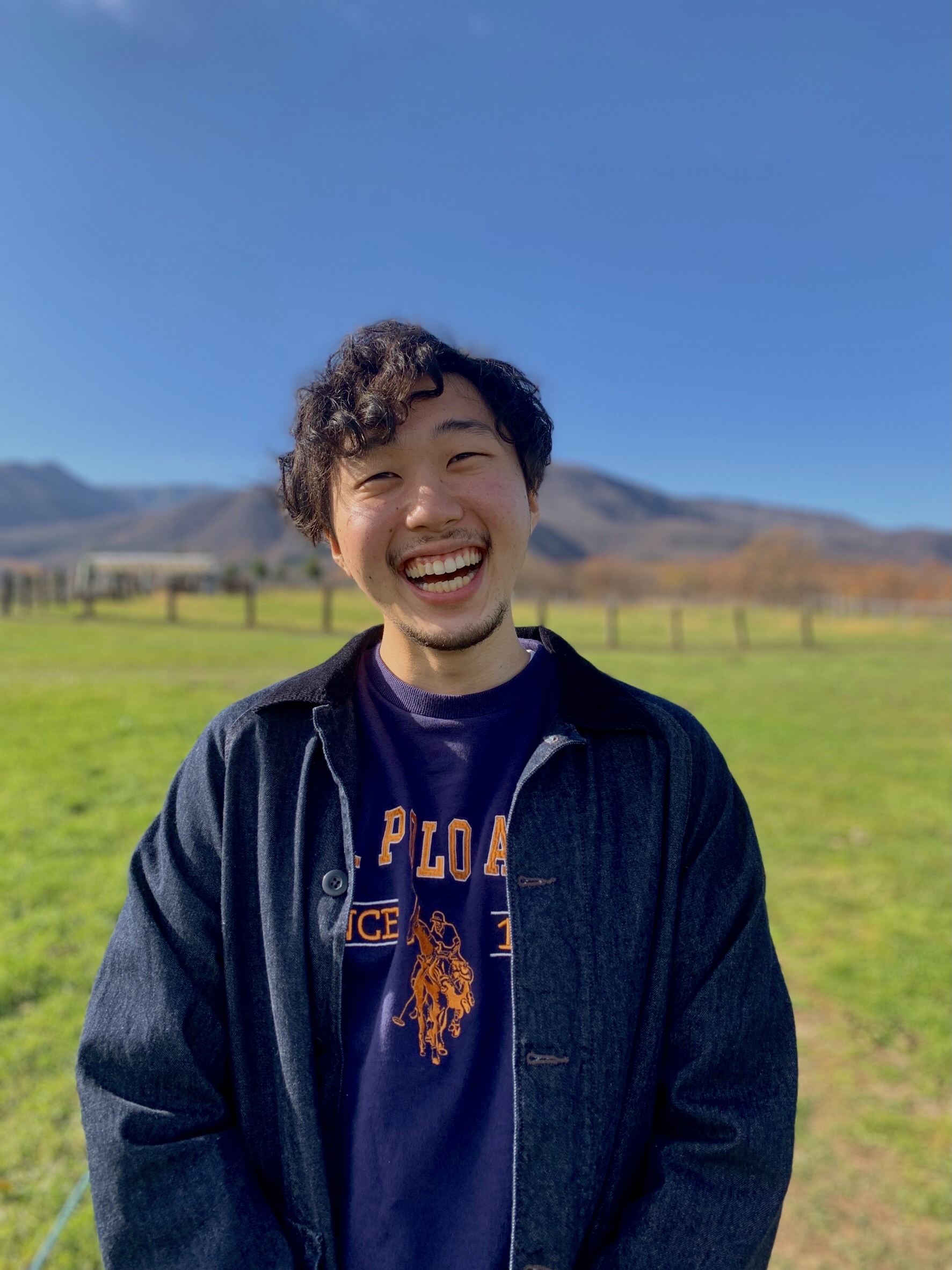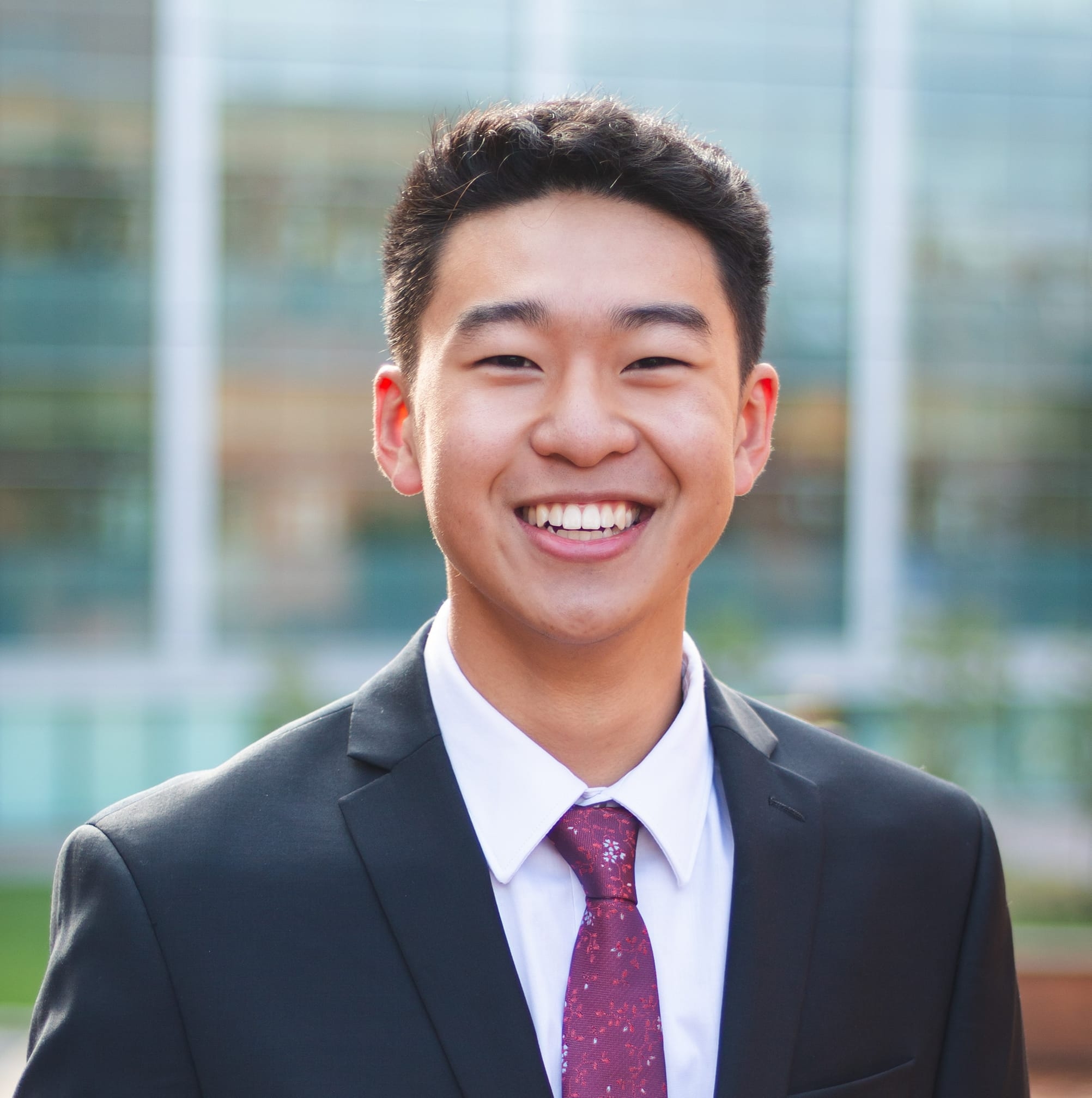
Communities are essential to the development of science.
Neurotech is no exception, and a community of more than 18,000 participants in over 100 countries "NeuroTechX" is facilitating its development. NeurotechJP interviewed Morgan, the leader of the NeuroTechX SF chapter, to learn more about the front lines.
This time we interviewed Yannick Roy, founder of NeuroTechX, and Bryan Jenkins, a member of the NeuroTechX management team. In addition to the background of the establishment of the community, we also interviewed about the development of the science community and the methods used in its operation.
What is NeuroTechX?
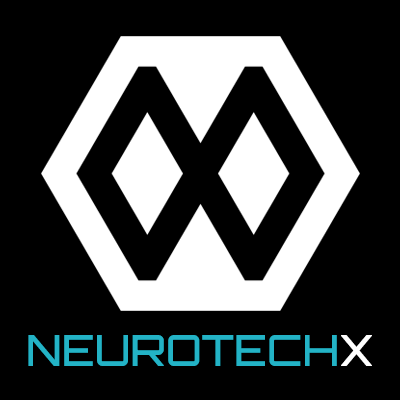
NeuroTechX is a neurotech community founded in 2015 by Yannick et al. NeuroTechX spans approximately over 100 countries and has more than 7,000 members on their Slack, and more than 18,000 if you include members in local chapters.
As mentioned in the 5 Must-Read Learning Contents for Neurotech and BCI, NeuroTechX has three pillars; 1) Community, 2) Education, and 3) Professional Development.
①Community
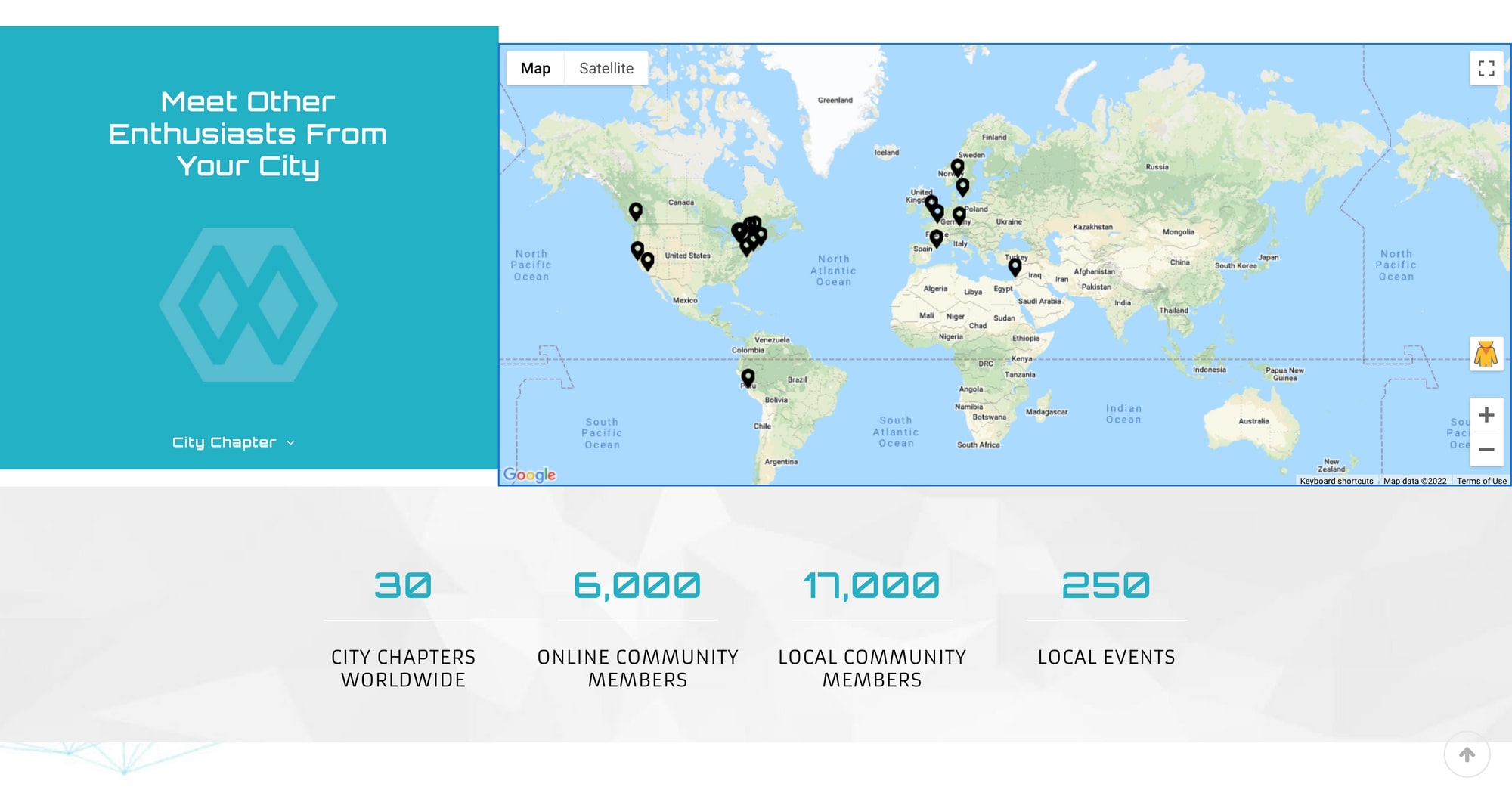 Image: List of chapters (taken from website)
Image: List of chapters (taken from website)
In addition to the large Slack community, each city (chapter) will host its own events, meetups, and hackathons in approximately 30 cities around the world. Each chapter has its own leader, and the community is led by people at the forefront of the world, such as Adam Molnar, co-founder of Neurable, who is in charge of leading the Boston chapter.
②Education
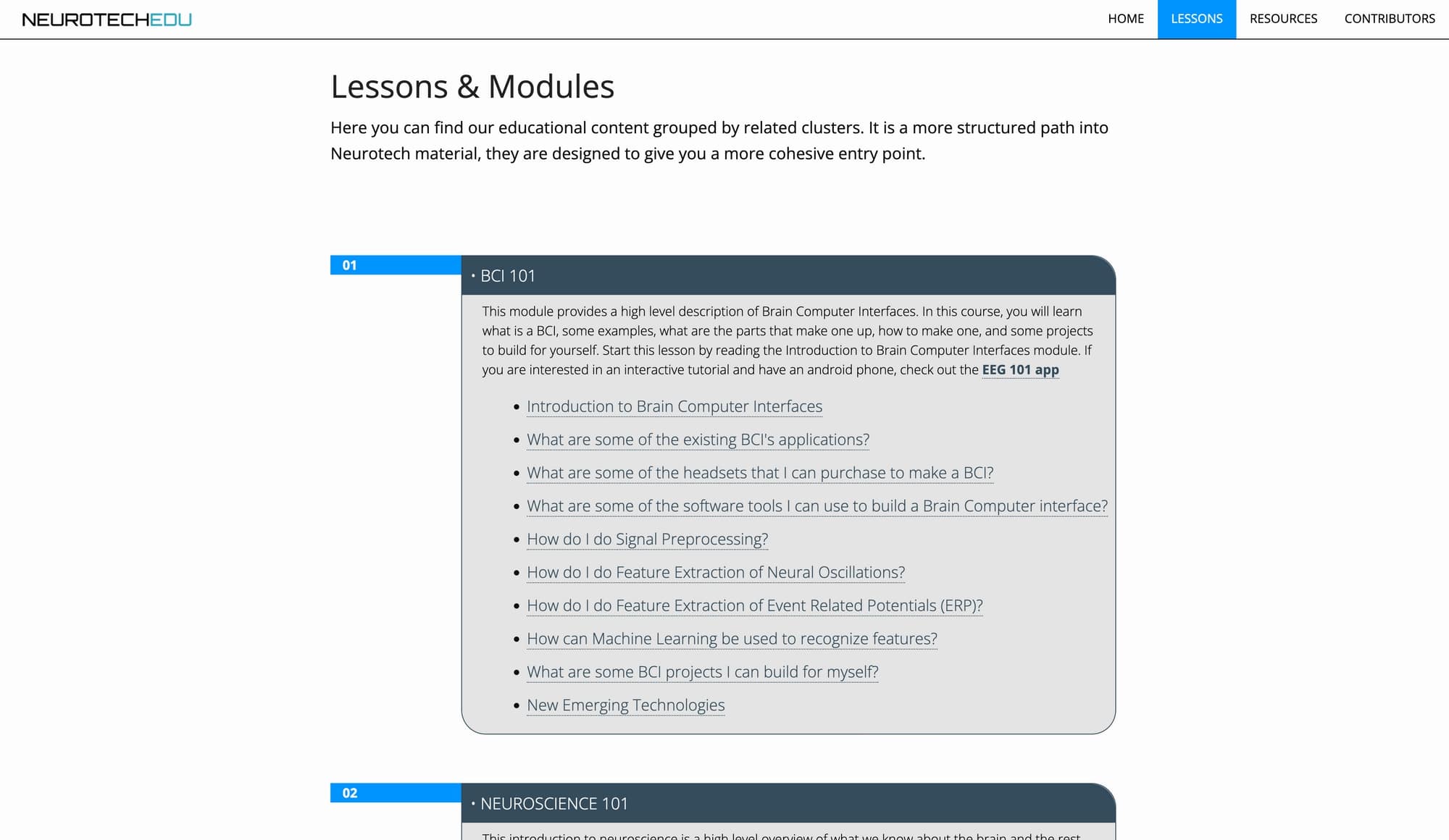 Image: NeurotechEDU course list (taken from website)
Image: NeurotechEDU course list (taken from website)
NeurotechEDU offers implementation-specific educational content related to EEG and an introduction to neuroscience. In addition, there is a blog, Webinar, and book ("The Neurotech Primer ")], which is available to the public free of charge.
③Professional Development
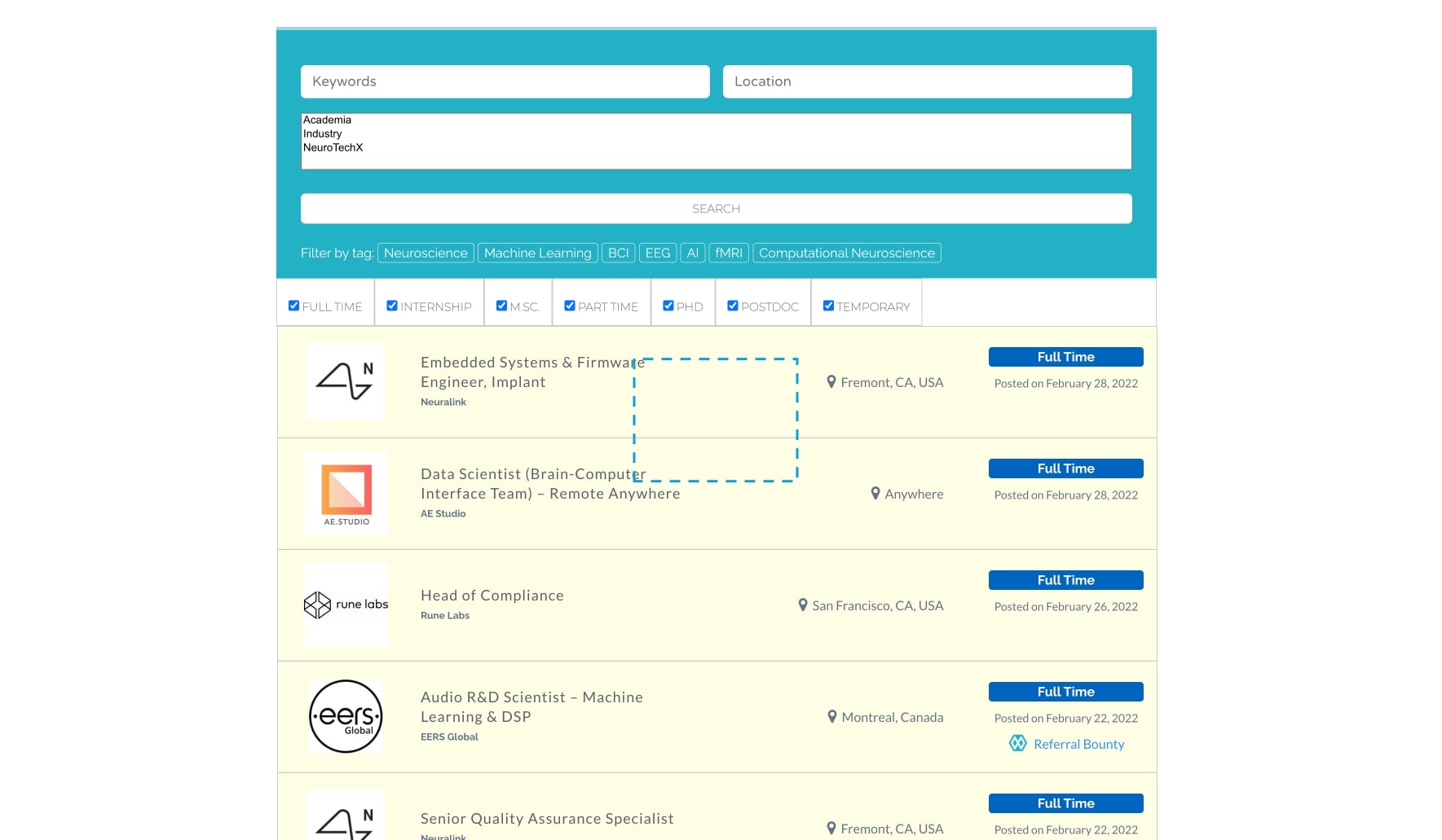
Image: list of job boards (taken from website)
NeuroTechX also offers Professional Development through a job board dedicated to neurotech companies. Neuralink, Neurable, and other leading neurotech companies are recruit for various positions.
Community Background
Yannick, whom we interviewed this time, studied biomedical engineering and electrical engineering at McGill University and other universities before obtaining a PhD in psychophysics (including neuroscience) at the University of Montreal. Along with his research, he also worked as an engineer and was involved in several community foundations and project launches, including NeuroTechX.
Yannick's passion was not only engineering, but also community building. "Rather than mastering engineering, I like to connect people with the same passion," he says, leading NeuroTechX with this philosophy.
(Yannick) My contribution in the field of BCI, I don't think will be to create the best engineering solution or a breakthrough in the science. But what I can do is to bring people together to work towards that bridge.
He did hint a potential return towards an engineering role in the future, but he believes his contributions towards the Neurotech community is currently best achieved through bringing talent and passion together.
As Yannick attended neurotech events and other events, he noticed a lack of local community. From that experience, he started building communities in Montreal, Canada, and was encouraged to use those findings to establish communities in other cities.
(Yannick) I wanted to connect with other Neurotech enthusiasts but there was nothing in Montreal that I could participate in. So, I decided to create a community to get people together. The more I traveled and talked to people in the field, the more apparent it became that they were missing a local community.
Starting with Montreal, Yannick explains that through conversation with other Neurotech enthusiasts, it quickly became apparent how desirable this community was for other cities. NeuroTechX, now a global initiative, originally did not have “worldwide aspirations.”
(Yannick) Hopefully, I'll be in this space for the next 20 years, building community and bringing people together, to improve the field as much as I can.
What are the challenges of building and growing scientific communities?
NeuroTechX attracts more than 10,000 neurotech enthusiasts from all over the world and from a variety of professions. The job board is updated several times a day, and information is actively exchanged on slack. NeuroTechX has created a large scientific community in the field of neurotech, but how did it develop?
Yannick himself used to be an engineer, and NeuroTechX started out as a technology-oriented community.
(Yannick) At first, we were more technical, starting with mostly DIY hackers. As we evolved, NeuroTechX became a bit more business-oriented, through partnerships with other entities. We definitely aren't trying to lose our hacker and maker DNA, which is the core that NeuroTechX was built upon.
As NeuroTechX expanded, the members brought a wider range of backgrounds, interests and needs, which made it increasingly difficult to maintain the community and its offerings.
(Yannick) When you bring these people with different interests and purpose in the same room, what do they talk about? Neurotech is the commonality but they all have different ambitions, goals, and interests. Which was not easy.
The diversity in expertise was also a big challenge for Yannick and NeuroTechX.
(Yannick) We have high schoolers all the way up to the world's best researchers in some of the BCI areas. How do you bring people in the same room where it's valuable for everybody?
"Bottom-up" organization promotes a thriving community
NeuroTechX is not just a community. It simultaneously offers a number of services that have a significant impact on people interested in neurotech, such as educational content and recruiting, and each city has its own unique activities.
How is the organization managed to help add value to every member with unique goals?
The answer, Yannick says, is "bottom-up” organization.
It is important to listen to the community members and let them do what they want to do.
(Yannick) The vision of NeuroTechX since the inception was always to be a bottom up organization, trying to fill the gap of what's missing in the ecosystem. So the goal is not to do everything.
One thing that was clearly missing was accessible neurotech events.
(Yannick) The neurotech events were really scientific, with a few business focused ones. There weren't events for neurotech enthusiasts to talk about neurotech.
NeuroTechX recognized this, and created events for neurotech enthusiasts to come together and chat about neurotech.
(Yannick) The mindset of NeuroTechX is about listening to the community, what is missing? Then as a community, we think about how we can come together and address that.
Because of its bottom-up approach, its future development is unknown.
Bryan said that as a steering group, they will be focusing on increasing interaction and engagement within the community.
(Bryan) Over the next couple of years, we'll be really focusing on strengthening community interaction, community engagement, and a sense of our community demographics.
Bryan also mentioned partnerships with other like-minded communities to partner with. Currently, NeuroTechX is planning to partner with TransTech to share job opportunities and skill development opportunities.
He also mentioned being in a spot where they can continue to support and grow other key initiatives like the student clubs competition, chapters, and content labs.
(Bryan) I'd say while we are focused on what the industry needs and will need in the next five years, we're also wanting to make sure that those within our community feel supported and have the opportunity that they need for skill development.
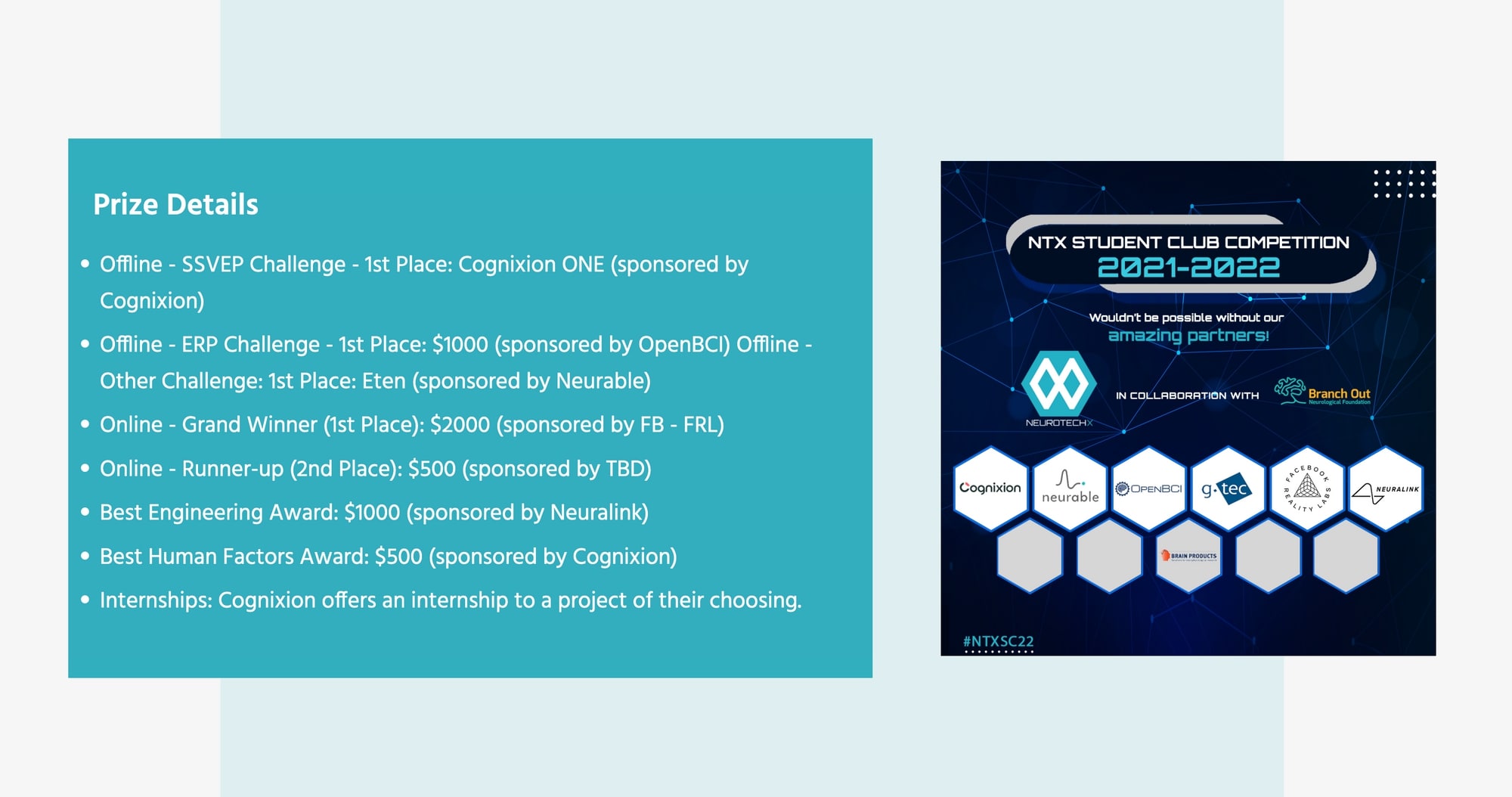 Image: Student Club holds competitions sponsored by many companies (taken from the website).
Image: Student Club holds competitions sponsored by many companies (taken from the website).
NeuroTechX spans more than 100 countries; founder talks about notable countries and regions
With members from over 100 countries, NeuroTechX is arguably the largest global community in this area.
At the same time, the NeuroTechX management team, which has been observing the neurotech situation in various countries for several years, says that recently, even countries outside of the United States and Europe are joining the Neurotech revolution.
(Yannick) The US and Europe are the leading market, and other countries are trying to catch up in terms of commercialization. Austrailia is a good example, with Synchron's research and development.
(Bryan) In terms of communities, the NeuroTechX India community is rapidly growing, with multiple companies spinning out of India in the recent years. We've been able to support their community events, and its an exciting time where we are seeing acceleration happening at the bottom level that will help grow local Neurotech ecosystems.
Developing the industry through "community". What is the future of neurotech from a bird's eye view?
NeurotechJP has had the pleasure of asking Neurosity's CTO Alex and Neurosky's CEO Stanley, who are at the forefront of the consumer neurotech market, about the future of neurotech.
Unlike their "startup" counterparts who create products, Yannick has been leading the neurotech industry as a "community" that supports and develops the industry.
With a unique perspective, what does Yannick think about the future of neurotech?
(Yannick) We don't have the killer application yet.
EEG has developed rapidly in the recent years, but Yannick believes that other modalities and form factors may be the key in delivering a killer neurotech device.
First, he sees potential in In-Ear EEG.
(Yannick) The new wave that I'm looking forward to see more innovation in is in-ear or around the ear EEG devices. One of the limiting factor of EEG devices is that no one wants to wear an EEG cap.
Yannick also expressed his excitement for multimodal devices.
(Yannick) I think that we need to take all the enthusiasm from EEG and start to migrate it over to other modalities like fNIRS. My bet moving forward is on bringing multiple recording modalities in the mix rather than just trying to improve the EEG itself.
Conclusion
We had the pleasure of interviewing Yannick and Bryan, founders of NeuroTechX, which is building a huge scientific community in neurotech.
In addition to neurotech, "Web3" and the "Metaverse" have been attracting attention in the past few years. One of the use cases is the new organizational "DAOs," and the demand for open science and science DAOs is also increasing.
The strategy for the establishment, formation, and growth of science communities that NeuroTechX has incorporated teaches future pioneers important lessons for new organizations.
